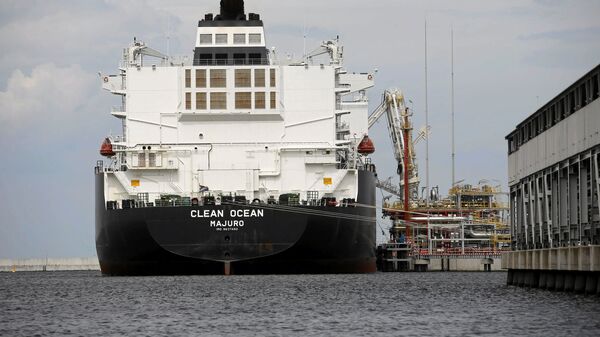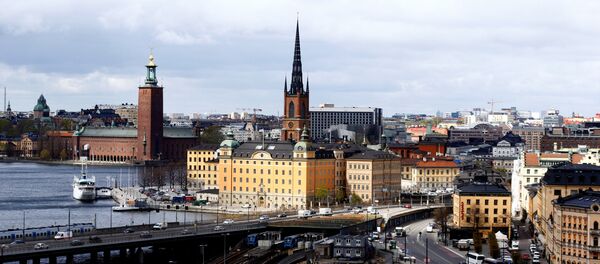"In the United States … we see the introduction of natural gas in very large quantities, which is very inexpensive. As a result, US emissions have actually gone down quite significantly over the last several years. At the same time, the US is also building new nuclear plants and renewables systems," Magwood said.
The NEA director explained that Washington’s strategy was very similar to that of China and Russia, amid global efforts to comply with climate goals slated in the Paris climate deal.
"The US is also building new nuclear plants and renewables systems. It’s all about strategy and many countries pursue similar strategies. If we look at large countries like China, you see the above strategy. If you look at Russia, you see the above strategy, where they are planning to build large wind facilities to complement nuclear and other resources. It’s very important for countries to take a very broad view of the energy resources available to them and to try to make the best decisions based on their particular circumstances," Magwood noted.
According to the US Energy Information Administration, the US natural gas supply increased from 66.5 billion cubic feet (bcf) per day in 2013 to 87.3 bcf in 2018, compared with only 20.15 bcf per day a decade ago. As a result, US emissions fell from 5,781 million metric tons of carbon dioxide (MMT CO2) in 2008 to 5,249 MMT CO2 in 2015, the latest official data available by the US agency.
READ MORE: US Exxon Mobil Announces Cut in Natural Gas Flaring to Fight Climate Change
The Paris Agreement, created within the UN Framework Convention on Climate Change, aims at keeping the increase in average global temperature at below 2 degrees Celsius above pre-industrial levels by means of reducing greenhouse gas emissions.
The accord was ratified by 179 countries out of 197 parties to the convention. The United States withdrew from it in 2017 under President Trump.


